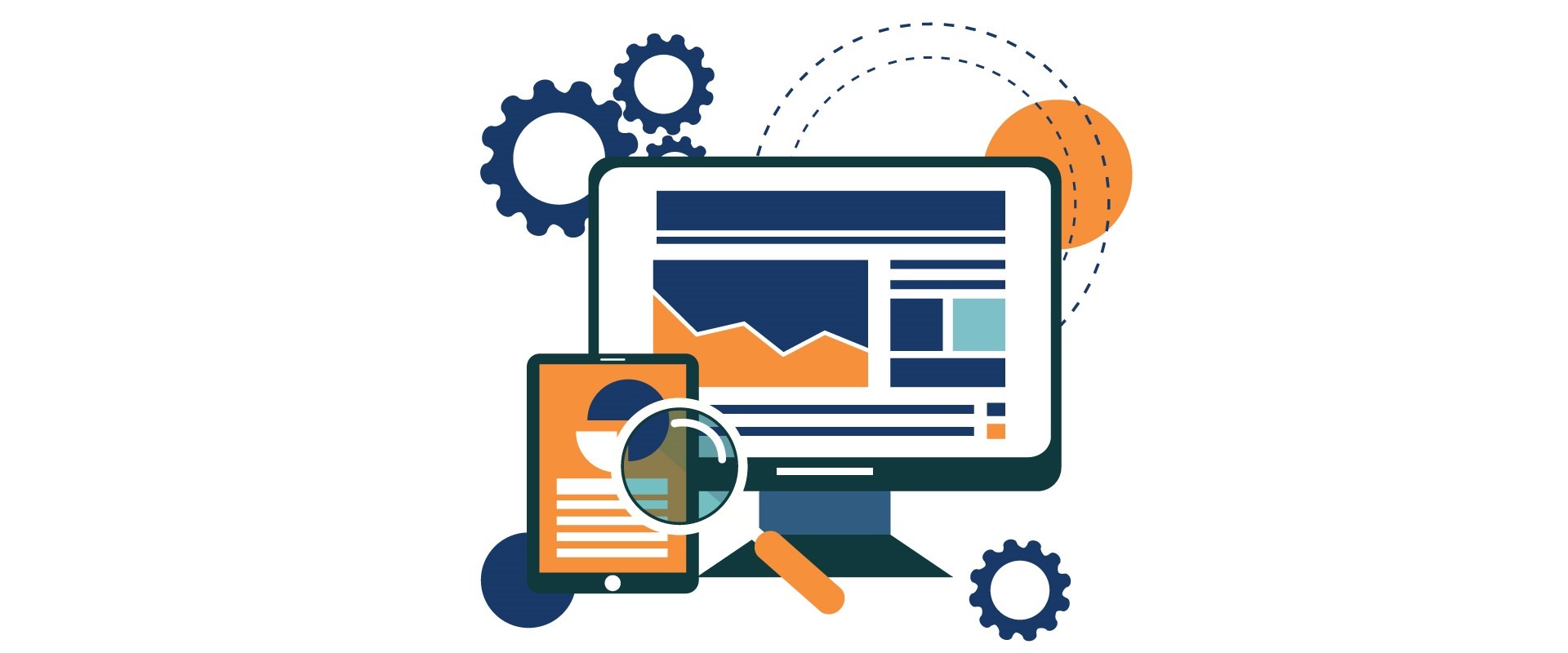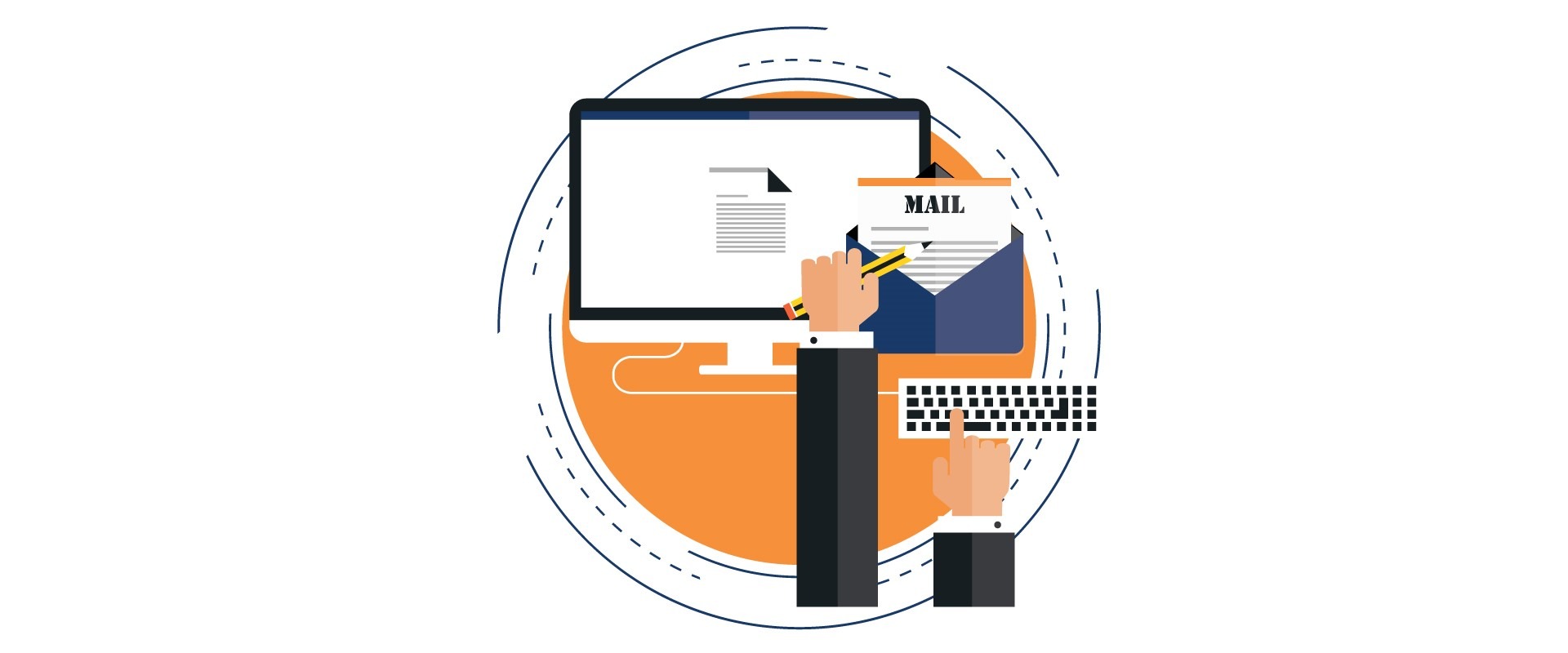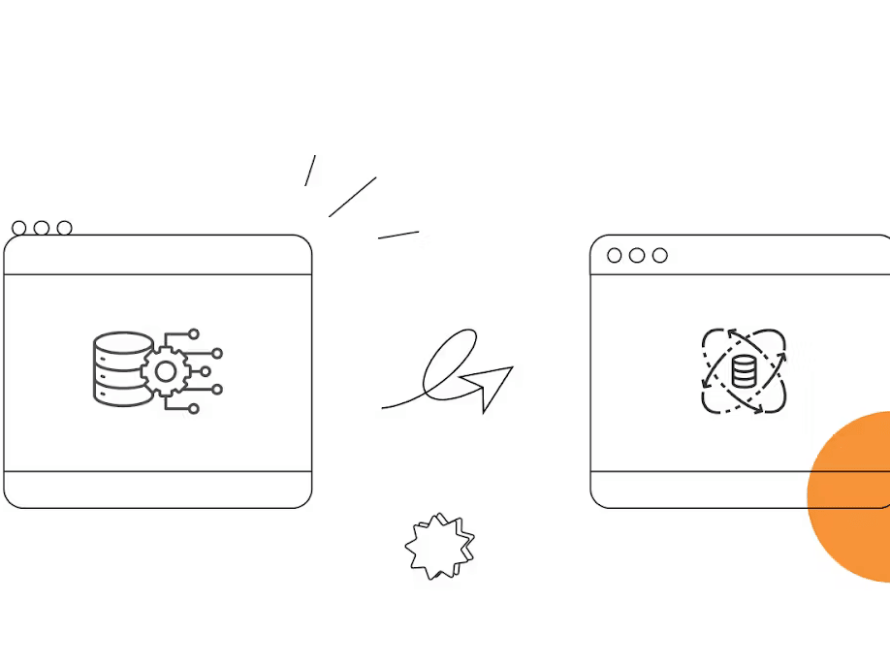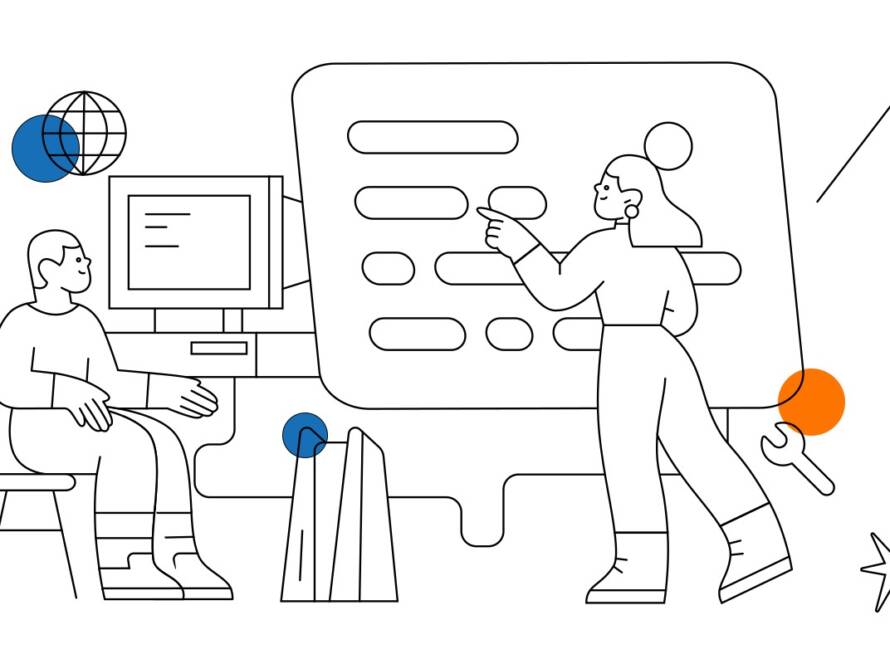Imagine peeking into your audience’s minds and discovering the formula to capture their attention. A/B tests open the door to a mystical world of data-driven decisions. You can experiment with ideas, compare them, and use the numbers to guide you. You can optimize your website or emails and even the entire user experience with A/B testing. This will lead to extraordinary results.
So, fasten your seatbelts, and prepare to discover the secrets behind A/B tests that will take your business to new heights. Let the numbers do the talking and watch the magic happen.
You want to ensure maximum impact and success when developing a website, creating an email campaign, or launching a new feature. A/B testing can be used in this situation. It’s a powerful strategy that lets you test multiple versions of your content or design and gauge their performance.
It is also known as split testing, a methodical experimentation technique used to compare two or more versions of a webpage, user interface, or application to determine which performs better in achieving a desired outcome. The purpose of A/B testing is to gather empirical data and insights that enable data-driven decision-making. This article delves deep into A/B testing to learn more about its inner workings, advantages, recommended practices, and function in data-driven decision-making.
How A/B Testing Works
A/B testing follows a systematic process that involves splitting the audience into two groups: the control and the various groups. The control group represents the baseline or existing version, while the variation group is exposed to a modified webpage, user interface, or application version.
- Presenting Different Versions: The control group sees the original or existing versions. The variation group, however, is shown a modified version with specific changes. These variations may range from minor tweaks to design elements like color, button placement, or layout to more extensive content, functionality, or user flow changes.
- Measuring Response: During the test period, key performance indicators and metrics are used to track the behavior and response of the two groups. These metrics can include click-through rate, conversion rate, bounce rate, engagement metrics, or any other relevant performance indicator.
- Statistical Analysis: Statistical analysis determines the significance between the control and variation groups. This analysis is used to determine whether or not the observed differences in performance are due to random chance.
- Drawing Conclusions: Based on an analysis of the collected data, conclusions can be drawn about the performance of different versions. If the group that implemented the variation outperforms the control with statistical significance, then the changes made in the variation positively affect the desired result.
- Implementing the Winning Version: Once a statistically significant winner is identified, the winning version is implemented as the new default or baseline. This allows businesses to optimize their digital assets based on the insights gained from the A/B testing process.
Tools and Techniques: Choosing the Right A/B Testing Tools

Selecting the right tool can make a huge difference to the success of A/B tests. There are many powerful A/B test tools in the market, each with its own features and capabilities. We’ll explore the most popular A/B test tools and learn why selecting tools aligned with your specific business needs, scalability, and integration capabilities is important.
- Google Firebase:
Google Firebase is a comprehensive mobile and web application development platform provided by Google. It provides tools and services that make it simple for developers to create, distribute, and maintain high-quality apps. Firebase aims to make creating apps as efficient as possible while giving developers access to a scalable and secure infrastructure. It supports multiple platforms, providing developers with a versatile toolkit to build applications for various devices and environments, including IOS, Android, and Web.
- Google Optimize:
Google Optimize is a free A/B test and personalization platform that integrates seamlessly with Google Analytics. Businesses can create experiments to target specific user segments using a variety of parameters. Google Optimize’s intuitive visual editor simplifies the creation and deployment of tests. The software also offers detailed reporting and statistical analyses to help you gain meaningful insights from your tests. It allows optimizing user experiences across various platforms, including websites, mobile web applications, Android apps, and iOS apps.
- Optimizely:
Optimizely offers A/B test multivariate and personalization testing capabilities. The user-friendly interface allows you to create complicated experiments with ease. The robust targeting options in Optimizely allow you to customize experiments for specific segments of users, ensuring accurate results. It offers advanced analytics and reporting features that empower you to make data-driven decisions. Optimizely is a versatile experimentation and optimization platform that caters to various platforms, including websites, Android apps, iOS apps, and server-side applications.
- VWO (Visual Website Optimizer):
Another popular A/B testing tool that provides various experimental options is VWO. It offers a visual editor, so you may need to learn how to write code to edit your website or application. With capabilities like heatmaps and session recording, VWO delivers valuable information about user behavior. VWO is a comprehensive conversion optimization platform that caters to various platforms.
A/B Testing: Case Studies

A/B Testing for E-commerce Conversion Optimization
Objective: An e-commerce company aimed to optimize its product page layout to improve conversion rates and increase sales.
Test Setup: They conducted an A/B test by creating two product page variations. It featured a traditional layout with product details at the top and customer reviews below. Variation B had a reversed layout, showcasing customer reviews first and product details below.
Results: The A/B test revealed that Variation B, with customer reviews, displayed prominently, outperformed Variation A. The variation with customer reviews at the top showed a 12% increase in conversion rates and a 9% increase in average order value, indicating that social proof significantly influenced purchasing decisions.
Implementation and Lessons Learned: The company implemented the revised product page layout with customer reviews at the top based on the positive results. This case study highlights the impact of A/B testing in optimizing e-commerce conversion rates by identifying the most effective layout for driving sales.

A/B Testing for Email Marketing Campaigns
Objective: A software company aimed to increase email click-through rates (CTR) by optimizing its email content and layout.
Test Setup: They conducted an A/B test by sending two variations of their email campaign to different segments of their subscriber list. Variation A had a concise and straightforward content layout, while Variation B included more visually appealing graphics and personalized messaging.
Results: The A/B test revealed that Variation B outperformed Variation A with a 19% increase in CTR. Including personalized messaging and visually appealing graphics captured recipients’ attention and motivated them to click through to the company’s website.
Implementation and Lessons Learned: Based on the successful results, the company implemented the winning variation in their email marketing campaigns and continued to explore new ways to personalize content and enhance visual appeal. This case study demonstrates the impact of A/B testing in optimizing email marketing campaigns for higher engagement and click-through rates.
Conclusion:
Organizations must recognize that A/B tests are important to their optimization strategies. Businesses can reduce the risks of relying on intuition or making assumptions when making changes by embracing A/B tests. Instead, They can rely on empirical data derived from user behavior, preferences, and feedback. A/B testing can be a powerful tool to help businesses optimize their user experience and increase conversion rates. This will increase engagement and higher conversions and ultimately improve business outcomes.
It is essential to realize that A/B Testing is an iterative procedure. Committing to continuous learning, testing, and improvement is important. Digital landscapes are constantly changing, and users’ preferences can also change. To stay competitive, businesses must embrace A/B testing’s continuous nature and consistently optimize their digital experience. Remember, the journey doesn’t end here. It’s just the beginning. Keep experimenting, optimizing, and driving success through the power of A/B testing. Your users deserve the best, and A/B testing helps you deliver just that.


